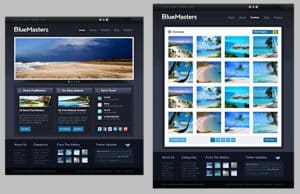How to price your photography services.
November 4th, 2021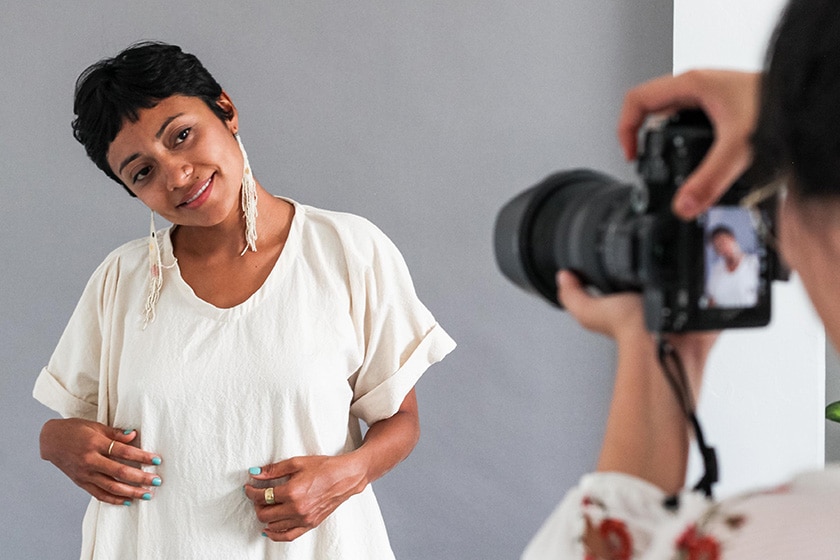
If you’re looking to turn your photography hobby into a business, one of the first questions that comes to mind may be, “How much should I charge?” Sure, offering to shoot your cousin’s wedding or family pictures for your neighbor is a great way to build a portfolio, but it’s not sustainable for building a business.
Setting the right price tag is key to any business, and photography is no different. What you’re really asking yourself is, “How much is my time and work worth?” That can be a daunting question to answer, and you might find yourself downplaying your skills in comparison to your competition or out of fear of driving away potential clients.
In order to set the impression that your photography is a business, you need to first believe you are a business owner. An important way to gain this mindset is to always speak in the present tense when describing your business. Instead of saying, “I want to be a travel photographer,” or “I’m going to shoot events,” say “I am an event photographer.” Keep in mind that the way you describe yourself is the way that others are going to describe your business.
So how do you create a pricing model for your photography that follows suit? Here are some steps you can take to start turning your passion into well-earned cash.
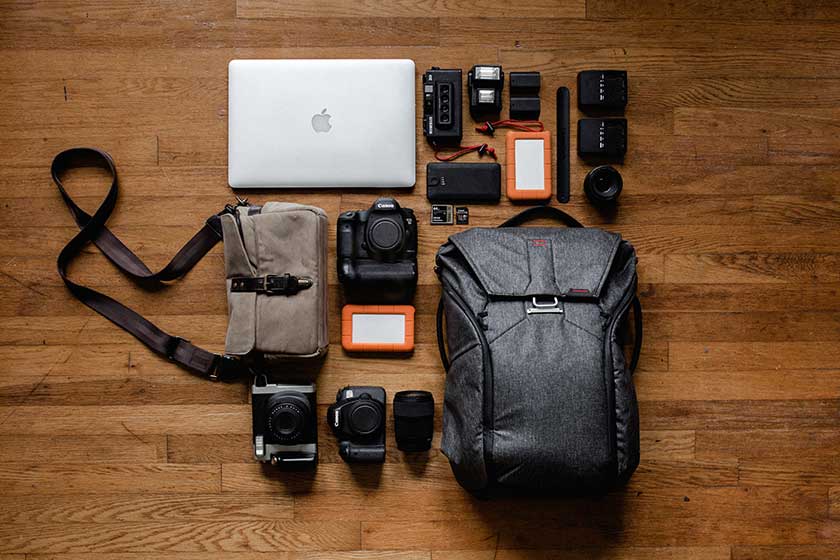
Create a pricing model.
When thinking about what pricing might make sense for your photography services, make sure you’re considering all factors that make up a session. Photography goes well beyond the day of the shoot, from having an initial client consultation to scouting locations, editing and uploading galleries. Oh, and don’t forget the time you spend traveling to and from the shoot, organizing and setting up your gear and researching poses or props that might be a good fit for your session.
And time isn’t the only commodity to consider – expenses necessary to run your business should also be a factor. When thinking about your expenses, keep in mind the following:
- Hiring an accountant
- Securing your business license
- Buying equipment and/or props (i.e. camera, lenses, gear rentals, lighting equipment, SD cards, external hard drives, etc.)
- Workshops and association fees
- Office supplies and editing software
- Taxes
- Travel mileage or related expenses
- Website (portfolio and online storage space for sharing client galleries and selling printed products)
If you’re renting a studio space, you’ll also need to consider rent, utility, phone and internet bills. If you have employees or enlist the help of a second shooter, salaries and payments will also come into play. And the list doesn’t stop there.
All of those things add up to much more time and money than just the one hour your shoot is scheduled for. That’s one reason why you may want to consider pricing per photography package rather than by the hour.
Make a list of all the associated expenses and factors that may add time to your session, and set a package price that you feel comfortable with. Ask yourself, “Is it worth it for me to do all of this work for X price?” If you’re not sure, you’re probably pricing yourself too low. The last thing you want is to begin resenting the work that goes into a shoot because you don’t feel like you’re getting enough in return.
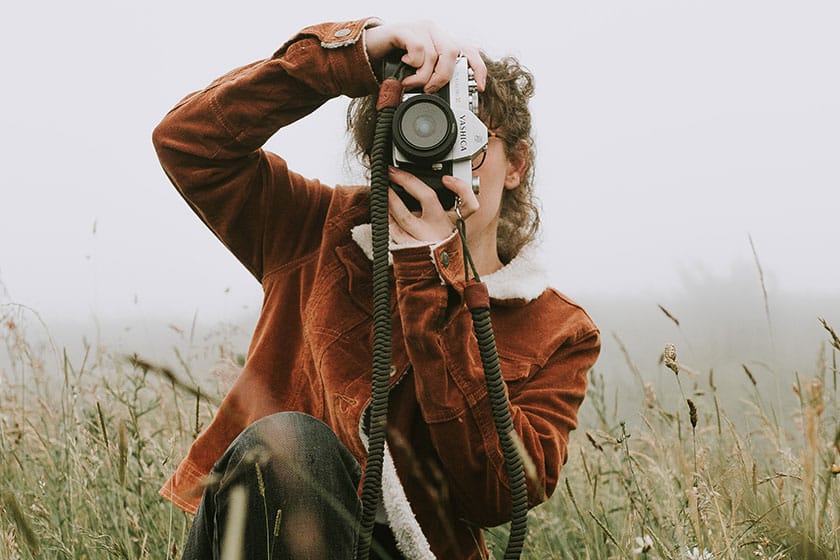
Know your value.
When choosing your pricing, it’s extremely important that you don’t price yourself too low. While lower pricing may get you more shoots, you can quickly become burnt out. Remember that being busy isn’t always a good thing, especially if it leaves you little time to enjoy your work.
Price yourself higher for your own sanity. Even if you charge double what you think you should be charging and drive away half of your prospective clients, you’ll be making the same amount of money for less work. Higher pricing will also help you stay away from working with clients who are booking you solely for your price. Those should never be your ideal clients.
Pricing yourself too low can also carry an assumption that your photography isn’t as good as your competitors. If someone is looking to find the best real estate photographer in town, they probably aren’t going to pick the one with the lowest price, because their perception is that the best will never be the cheapest.
Your clients will believe they’re getting what they’re paying for. However, that doesn’t mean you want to be the most expensive either. Do some research on other photographers in your area who work within your niche, and make sure your pricing is competitive.
Finding the right pricing for your photography is about being confident in your abilities and striking the right balance. The good news? You can always change your pricing if you find it may be too high or too low.

Advertise your photography pricing.
Once you decide on your pricing, list it on your website. It’s important to be honest and transparent with potential clients about all aspects of your services, and it can help save some back-and-forth time with clients who may just be shopping around for the cheapest option.
Since you want clients to contact you based on overall value rather than cost, you should also spend some time creating a website that sells itself. If you want to get into portrait photography, fill your website with enlarged versions of your best portraits. If your goal is to be a sports photographer, showcase your best action shots. Prove your value with the quality of your work so that your portfolio is more memorable than your prices.
Even if you have done shoots in other genres in the past, you want to highlight your value in your niche. Having only engagement and wedding photos on your website signals to brides that you’ve mastered the art of wedding photography and may be a perfect choice for their vision. Stick to your target genre so you can make yourself known as an expert in that area.
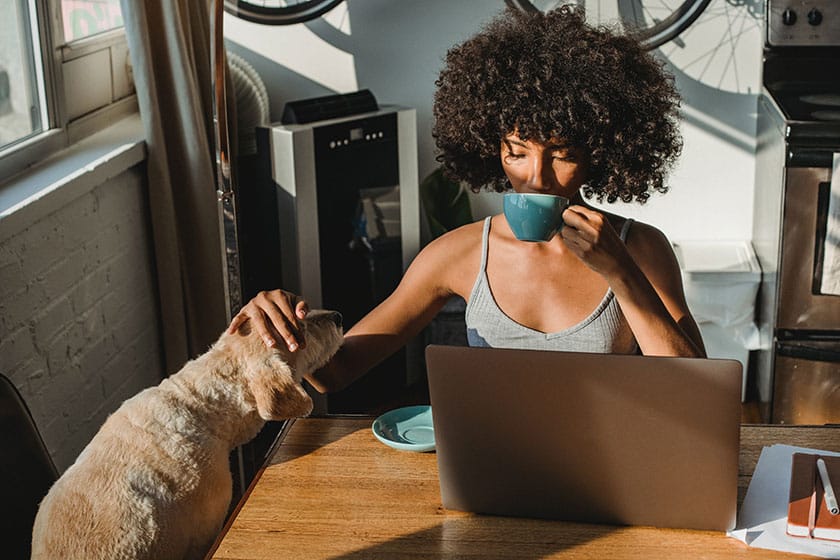
Value your time.
Pricing for your photography should always be viewed through the lens of time. It’s important to set both immediate and long-term goals so you can figure out how many sessions you need to book to achieve them. This will save you from overworking yourself and staying up until 2 a.m. every night trying to get a gallery out the door.
As you find your footing, decide how many shoots you can accommodate weekly. Use that to estimate the amount of shoots you can handle annually, and determine a price that gets you where you want to be based on that number of sessions. If your goals change based on the growth of your business, you can always adjust your prices accordingly.
Pricing your services may not be the most glamorous part of photography, but it’s important to find the right balance to set your business up for success. Your pricing structure should allow you to earn the income you need without sacrificing your passion or quality of life.



